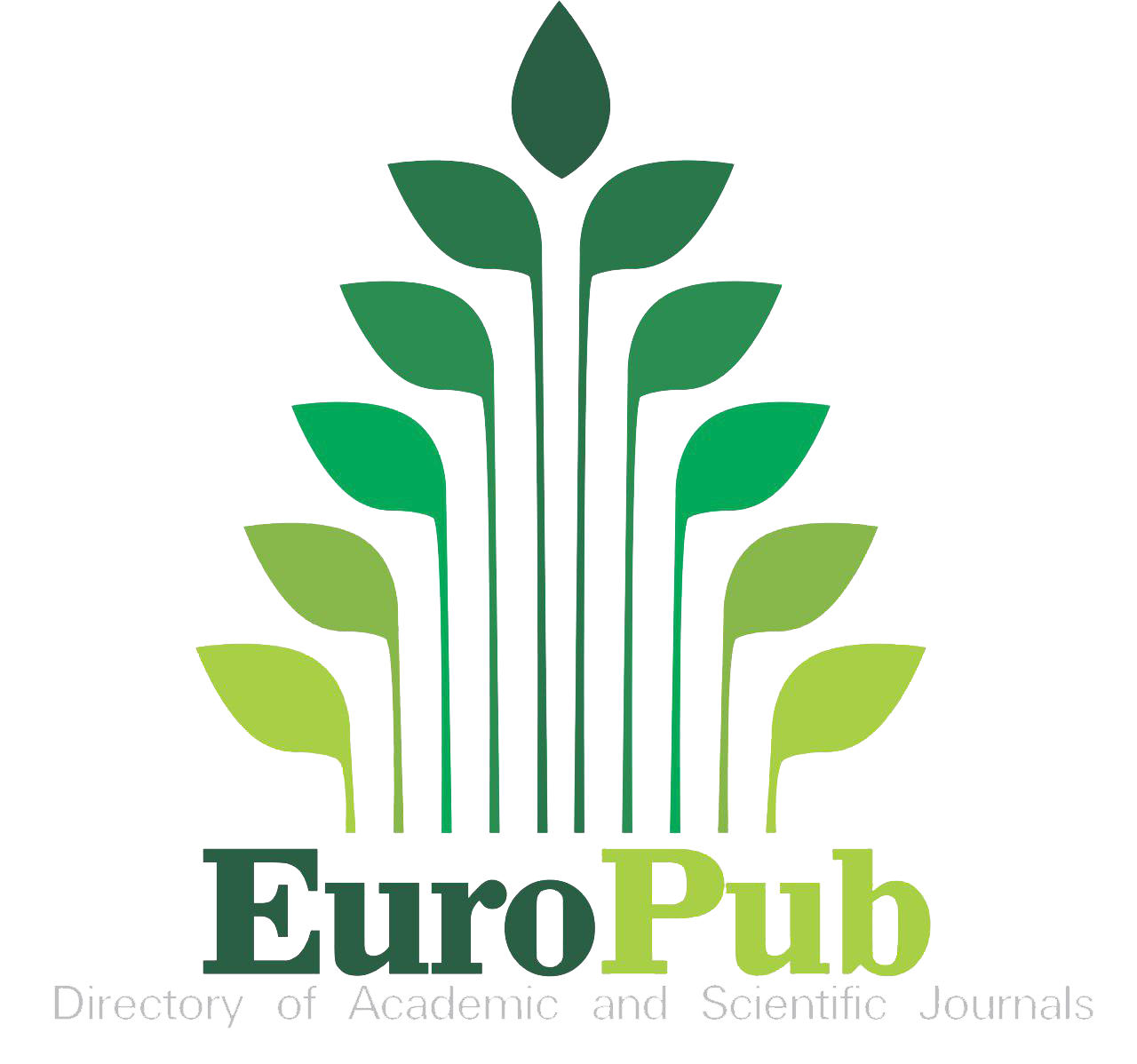Intangibility and value of the company: an analysis of the brazilian stock market
DOI:
https://doi.org/10.16930/2237-766220203045Keywords:
Intangible assets, Intangibility, Market value.Abstract
This study aims to investigate the existence of an association between the level of intangibility and the market value of public companies with shares traded on the Brasil, Bolsa, Balcão (B3) to fill a gap in the literature regarding the impacts of investments in intangible assets on the market value of Brazilian companies. The sample comprises 158 non-financial publicly held companies listed on B3, with data available from 2010 to 2018. The collection was conducted using the Thomson Reuters Eikon database. The preliminary results show that the investment level in companies' intangible assets has a positive and statistically significant relationship with the market value. Thus, investment in intangible assets plays a specially prominent role among the company's specific performance factors and acts as drivers for a competitive advantage. In light of the disclosure theory, it appears that the fact that companies achieve greater appreciation in the stock market by increasing the level of investments made in intangible assets reports to an association-based disclosure since the effects of disclosure generate an aggregate change in investors' shares, changing the behavior of asset prices and trading volume. Furthermore, the results indicate considerable implications for companies, managers, shareholders, and potential investors. It can be inferred that benefits will flow from this relationship to the extent that the positive influence of the investment level in intangible assets on the company's value is understood.References
Akgun, A. I., Samiloglu, F., & Oztop, A. O. (2018). The Impact of Profitability on Market Value Added: Evidence from Turkish Informatics and Technology Firms. International Journal of Finance and Economics Issues, 8(4), 105-112.
Amaral, H. F., Iquiapaza, R. A., Correia, L. F., Amaral, G. H. O., & Vieira, M. V. (2014). Avaliação de ativos intangíveis: modelos alternativos para determinação do valor de patentes. Gestão, Finanças e Contabilidade, 4(1), 123-143.
André, P., Filip, A., & Paugam, L. (2017). Examining the Patterns of Goodwill Impairments in Europe and the US. Accounting in Europe, 13(3), 329-352. DOI: https://doi.org/10.1080/17449480.2016.1260748
Andonova, V., & Ruíz-Pava, G. (2016). The role of industry factors and intangible assets in company performance in Colombia. Journal of Business Research, 69(10), 4377-4384. DOI: https://doi.org/10.1016/j.jbusres.2016.03.060
Arrighetti, A., Landini, F., & Lasagni, A. (2014). Intangible assets and firm heterogeneity: Evidence from Italy. Research Policy, 43, 202-213. DOI: https://doi.org/10.1016/j.respol.2013.07.015
Battisti, E., Bollani, L., Miglietta, N., & Salvi, A. (2020). The impact of leverage on the cost of capital and market value: Evidence from Shar??ah-compliant firms. Management Research Review, 43(3). DOI: https://doi.org/10.1108/MRR-01-2019-0007
Bryan, D., Rafferty, M., & Wigan, D. Capital unchained: finance, intangible assets and the double life of capital in the offshore world. Review of International Political Economy, 24(1), 56-86. DOI: https://doi.org/10.1080/09692290.2016.1262446
Carvalho, F. P., Maia, V. M., Louzada, L. C., & Gonçalves, M. A. (2017). Desempenho setorial de empresas brasileiras: um estudo sob a ótica do ROE, Q de Tobin e market-to-book. Gestão, Finanças e Contabilidade, 7(1), 149-163. DOI: https://doi.org/10.18028/2238-5320/rgfc.v7n1p149-163
Dehning, B., Pfeiffer, G. M., & Richardson, V. J. (2006). Analysts’ forecasts and investments in information technology. International Journal of Accounting Information Systems, 7(3), 238-250. DOI: https://doi.org/10.1016/j.accinf.2006.07.001
Gazzoni, G. G. Jr., Simões, J. J. F., Brandão, M. M., & de Souza, A. A. (2019). Os efeitos dos intangíveis nas previsões dos analistas financeiros. Revista Catarinense da Ciência Contábil, 18, 1-18. DOI: https://doi.org/10.16930/2237-766220192856
Gu, F., & Wang, W. (2005). Intangible Assets, Information Complexity, and Analysts’ Earnings Forecasts. Journal of Business Finance & Accounting, 32(9-10), 1673-1702. DOI: https://doi.org/10.1111/j.0306-686X.2005.00644.x
Hair, J. F. Jr., Anderson, R. E., Tatham, R. L., & Black, W. C. (1995). Multivariate Data Analysis (3rd ed.). New York: Macmillan.
Hastings J., C., Mosteller, F., Tukey, J. W., & Winsor, C. P. (1947). Low moments for small samples: a comparative study of order statistics. The Annals of Mathematical Statistics, 18(3), 413-426. DOI: https://doi.org/10.1214/aoms/1177730388
Higgins, H. (2013). Can securities analysts forecast intangible firms’ earnings? International Journal of Forecasting, 29(1), 155-174. DOI: https://doi.org/10.1016/j.ijforecast.2012.06.005
Iatridis, G. E. (2013). Environmental disclosure quality: evidence on environmental performance, corporate governance and value relevance. Emerging Markets Review, 14, 55-75. DOI: https://doi.org/10.1016/j.ememar.2012.11.003
Kayo, K. E., Patrocínio, M. R., & Martin, D. M. L. (2009). Intangibilidade e criação de valor em aquisições: o papel moderador do endividamento. Revista de Administração, 44(1), 59-69.
Koller, T., Goedhart, M., Wessels, D. (2005). Valuation: measuring and managing the value of companies. New Jersey: John Wiley & Sons.
Labidi, M., & Jean François, G. (2019). Does increased disclosure of intangible assets enhance liquidity around new equity offerings? Research in International Business and Finance, 48(C), 426-437. DOI: https://doi.org/10.1016/j.ribaf.2019.01.009
Li, Y., Gong, M., Zhang, X., & Koh, L. (2018). The impacto of environmental, social, and governance disclosure on firm value: the role of CEO power. The British Accounting Review, 50, 60-75. DOI: https://doi.org/10.1016/j.bar.2017.09.007
Lim, S. C., Macias, A. J., & Moeller, T. (2019) Identifiable intangible assets and capital structure, Working Paper. Available at SSRN 2514551. DOI: https://doi.org/10.1016/j.jbankfin.2020.105873
Loop, D., Scheffer, G. V., Lipfert, S. (2004). Patent valuation at IP Bewertungs AG. World Intelectual Property Organization, 2004.
Lys, T., Naughton, J. P., & Wang, C. (2015). Signaling through corporate accountability reporting. Journal of Accounting and Economics, 60, 56-72. DOI: https://doi.org/10.1016/j.jacceco.2015.03.001
Madden, J. (2017). The Purpose of the Firm, Valuation, and the Management of Intangibles. Journal of Applied Corporate Finance, 29(2), 76-87. DOI: https://doi.org/10.1111/jacf.12235
Mazzi, F., André, P., Dionysiou., D., & Tsalavoutas, I. (2017). Compliance with Goodwill-Related Mandatory Disclosure Requirements and the Cost of Equity Capital. Accounting and Business Research, 47(3), 268-312. DOI: https://doi.org/10.1080/00014788.2016.1254593
Medrado, F., Cella, G., Pereira, J. V., & Dantas, J. A. (2016). Relação entre o nível de intangibilidade dos ativos e o valor de mercado das empresas. Revista Contabilidade e Organizações, 28, 32-44. DOI: https://doi.org/10.11606/rco.v10i28.119480
Moura, G., Barbosa, S., Schio, N., & Mazzioni, S. (2020). Ativos intangíveis influenciam no desempenho financeiro e no valor de mercado de companhias abertas familiares?. Revista Catarinense da Ciência Contábil, 19, e2815. DOI: https://doi.org/10.16930/2237-766220202815
Najah, A., & Jarboui, A. (2013). The social disclosure impact on corporate performance: case of big french companies. International Journal of Management and Business Research, 3(4), 337-351.
Nagaraja, N., & Vinay, N. (2016). The Effect of Intangible Assets on the Firm Value. International Journal of Engineering and Management Research, 6(1), 307-315
Nichita, M. E. (2019). Intangible assets–insights from a literature review. Journal of Accounting and Management Information Systems, 18(2), 224-261. DOI: https://doi.org/10.24818/jamis.2019.02004
Pandya, B. (2016). Impact of financial leverage on market value added: empirical evidence from India. Journal of Entrepreneurship and Economics, 4(2), 40-58.
Pelucio-Grecco, M. C., Geron, C. M. S., & Grecco, G. B. (2014). The effect of IFRS on earnings management in Brazilian non-financial public companies. Emerging Markets Review, 21, 42-66. DOI: https://doi.org/10.1016/j.ememar.2014.07.001
Plumlee, M., Brown, D., Hayes, R. M., & Marshall, R. S. (2015). Voluntary environmental disclosure quality and firm value: further evidence. Journal of Accounting and Public Policy, 34(4), 336-361. DOI: https://doi.org/10.1016/j.jaccpubpol.2015.04.004
Postula, M., & Chmielewski, W. (2019). The impact of intangible assets and R&D expenditure on the market capitalization and EBITDA of selected ICT sector enterprises in the European Union. International Journal of Economics and Finance, 11(8), 117-128. DOI: https://doi.org/10.5539/ijef.v11n8p117
Shalev, R. (2009). The information content of business combination disclosure level. The Accounting Review, 84(1), 239-270. DOI: https://doi.org/10.2308/accr.2009.84.1.239
Silva, J. P., & Silva, D. C. (2017). Análise da relação entre estrutura de capital, crescimento, lucratividade e valor de mercado das companhias brasileiras de capital aberto. Revista Mineira de Contabilidade, 18(1), 16-25
Silveira, S. K. R., Schnorrenberger, D., Gasparetto, V., & Lunkes, R. J. (2017). Abordagens de avaliação de ativos intangíveis: uma revisão da literatura. Revista Catarinense da Ciência Contábil, 16(47). DOI: https://doi.org/10.16930/2237-7662/rccc.v16n47p9-25
Sousa, C. B., Silva, A. F., Ribeiro, M. S., & Weffort, E. F. J. (2014). Valor de mercado e disclosure voluntário: estudo empírico em companhias listadas na BM&FBovespa. Revista Ambiente Contábil, 6(2), 94-115.
Verrecchia, R. E. (1983). Discretionary disclosure. Journal of accounting and economics, 5, 179-194. DOI: https://doi.org/10.1016/0165-4101(83)90011-3
Verrecchia, R. E. (2001). Essays on disclosure. Journal of Accountin and Economics, 32, 97-180. DOI: https://doi.org/10.1016/S0165-4101(01)00025-8
Published
How to Cite
Issue
Section
License
The copyright for articles published in this journal belongs to the author (s), with first publication rights assigned to Revista Catarinense da Ciência Contábil. Due to appearing in this publicly accessible journal, articles are free to use, with mandatory recognition of the original authorship and initial publication in this magazine and for educational and non-commercial applications. The magazine chose to use published works for non-commercial purposes, including the right to submit or work for publicly accessible databases. The content of published articles is the sole and exclusive responsibility of the authors. - The author (s) authorize (s) a publication of the article in the journal; - The author (s) guarantee (s) that a contribution is original and unpublished and that it is not being evaluated in another magazine (s); - A magazine is not responsible for the opinions, ideas and concepts emitted in the texts, for the full responsibility of the author (s); - It is reserved to the editors or the right to make textual adjustments and to adjust the article to the publication rules.
This work is licensed under a Creative Commons Atribuição-NãoComercial-CompartilhaIgual 4.0 Internacional.










